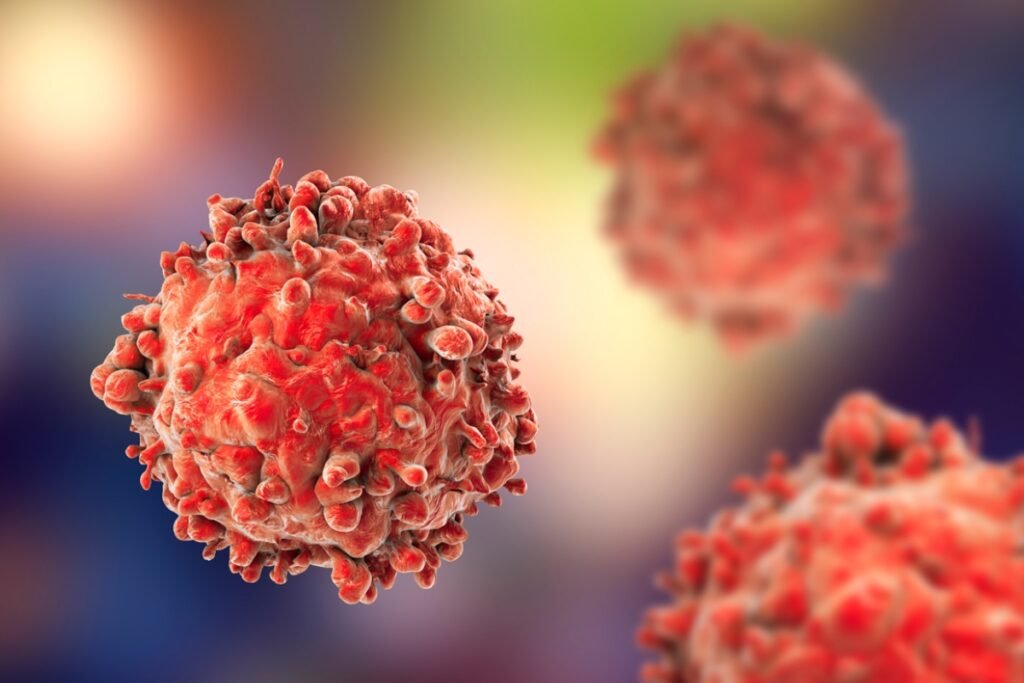ABSTRACT NUMBER – 2547
Alaunos’ Clinical TCR Library focuses on targeting the most common mutations found in KRAS, TP53, and EGFR genes, which are frequently seen in gastrointestinal (colon, bile duct, pancreas), lung, and gynecological (ovary and endometrial) cancers across various HLA alleles. This approach using the TCR-T cell Library holds great potential to help a significant number of patients with unmet clinical needs.
To introduce the TCR gene into the patient’s autologous T cells, the non-viral Sleeping Beauty transposon/transposase system is employed. This method offers cost-effectiveness, speed, flexibility, and efficient integration of the introduced TCR for long-lasting expression.
MD Anderson is currently conducting an open-label, dose-escalation trial called TCR-T Library Phase I/II. Patients with NSCLC, colorectal, endometrial, pancreatic, ovarian, and bile duct cancers may participate as long as their tumors have one of the targeted driver mutations in KRAS, TP53, and EGFR and a matching human leukocyte antigen (HLA). The trial is actively enrolling patients.
During the 2023 ASCO Annual Meeting, data from three adult patients who received Sleeping Beauty TCR-T cells as part of the Phase I/II study were presented in a poster session. The primary objective of the Phase I portion was to determine the occurrence of dose-limiting toxicities (DLTs) and establish the maximum tolerated dose or recommended Phase II dose for exploration in disease-specific cohorts during Phase II.
Three patients were treated as part of a study. The first patient was a 34-year-old woman with advanced mucinous adenocarcinoma of the lungs that did not respond to chemotherapy and immunotherapy. She received a dose of DL1, which consisted of 0.9 x 10^10 TCR-T cells. These cells were designed to target the KRASG12D gene mutation and HLA-A*11:01 protein.
The second patient was a 54-year-old woman with stage IVA colorectal cancer that was resistant to chemotherapy. She received a dose of DL2, which contained 6.4 x 10^10 TCR-T cells. These cells were specifically designed to target the p53R175H gene mutation and HLA-A*02:01 protein.
The third patient was a 60-year-old man with advanced pancreatic cancer that did not respond to chemotherapy. He received a dose of DL2, which included 5.8 x 10^10 TCR-T cells. These cells were engineered to target the KRASG12V gene mutation and HLA-A*11:01 protein.
Overall, the treatment demonstrated a manageable safety profile, with no unexpected adverse events, DLTs, or immune effector cell-associated neurotoxicity syndrome (ICANS) observed. Patients 1, 2, and 3 experienced cytokine release syndrome of Grades 2, 3, and 1, respectively, which either resolved with standard management or self-limited. Patient 2 received anti-IL-6 antibody treatment. The best overall responses were a partial response for Patient 1 with six months of progression-free survival, stable disease for Patient 2, and progressive disease for Patient 3. TCR-T cell persistence was observed in all patients at the latest follow-up and up to 6 months in the case of Patient 1.





























